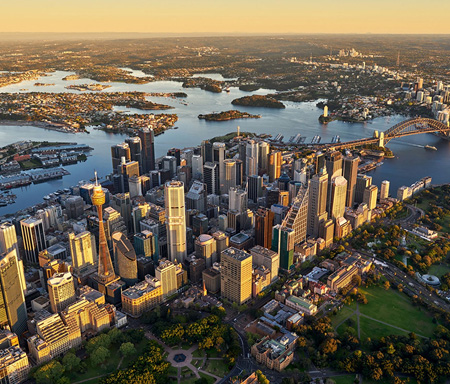
Asia’s cities stay mega
Deurbanisation has become a buzzword in the US and Europe, as economies seek a post-pandemic ‘new normal’ while Asia’s largest cities are on track to get larger.
Economists and commentators are predicting a move from large gateway cities, such as London, Paris and New York, to smaller cities such as Austin, Texas and Marseille, as residents seek more and cheaper living space.
“The UN predicts Asia will add 600m people to its urban population by 2030,” says Simon Smith, head of Asia Pacific research and consultancy. “This means huge opportunities for real estate investors to build the homes, offices and leisure facilities these new urbanites will need.
“However, urbanisation is not just about the growth of developing nations, it is about the refinement of the city in developed nations too, about new clusters and renewal. Asia’s megacities are centres of innovation and growth and share a confidence about their future.”
For much of Asia, urbanisation is a given as developing nations play catch-up. Countries such as India, Indonesia and Vietnam have large and young populations and are relatively under-urbanised
Urbanisation and a youthful population combine to bring economic growth. People in cities work in higher value occupations and that younger demographic means a growing workforce. Oxford Economics predicts that the top 10 world cities for GDP growth between today and 2035 will all be in Asia. These cities are not all located in youthful and fast-growing nations such as India and Indonesia, four are located in China.
However, China’s demographic profile is not clear cut; it continues to urbanise whilst also ageing. And the demographic profile is not the same across all its cities. For example, Savills research shows that 70% of tech hub Shenzhen’s population will be aged between 15 and 39 by 2029, as it attracts ambitious youngsters from all over China.
Shenzhen is one of 11 cities in the Greater Bay Area (GBA), which also includes Hong Kong and Guangzhou. China has invested tens of billions of dollars in transport links between the cities of the GBA, which will bring them closer together and form them into something resembling a mega-city, with a total population of more than 70m.
China is also home to the Yangtze River Delta cluster, centred on Shanghai and with a population of 150m, and Beijing-Tianjin-Hebei, with a total population of 130m. In total, China is encouraging the development of 19 city clusters, which could have a combined population of 800m.
Even in Japan, the world’s oldest nation, where one-third of the population will be over 60 by 2030 according to the UN, we are seeing movement to larger cities. Overall, its urbanisation rate remains the same, but more people are moving from towns to Japan’s larger cities. Tokyo’s population has grown, albeit by only 140,000 or so, since 2015 and its demographic has become younger due to migration from the provinces as well as immigration.
In what may be a lesson for gateway cities in the US and Europe, Tokyo has managed to revitalise some of its districts and encourage new residents. As recently as 2014, the Toshima ward, better known by the name of its main station, Ikebukuro, was predicted to “vanish”, because its demographics were so poor.
However, the city embarked on an ambitious revitalisation plan, involving improving amenities, especially open space, and building new office, retail, education and residential buildings, to allow the district to become more family-friendly and to allow people to work closer to their homes. Since 2014, the ward’s population has risen by around 6% and developers are responding with more residential projects.
“If such measures continue to be successful, the 2014 prediction of the ward’s disappearance is unlikely to come to fruition,” says Tetsuya Kaneko, head of research and consultancy at Savills Japan. “In 2020, residents with foreign nationalities account for 10% of Toshima Ward’s population and the number has been growing. Given this, as well as the upcoming residential developments, it would be reasonable to conclude that the actual population growth in the ward will outperform forecasts.”
Ikebukuro demonstrates that urbanisation can be an ongoing project, even when a nation’s demographic is ageing and, in the case of Japan, shrinking. “The infrastructure improvements and new developments in Tokyo over the past decade show how cities can revitalise themselves in the face of unfavourable demographics,” says Smith. “Real estate investors can take part in and benefit from this ongoing urban renewal.”
Further reading:
Savills Asia Pacific research
Contact us:
Simon Smith



